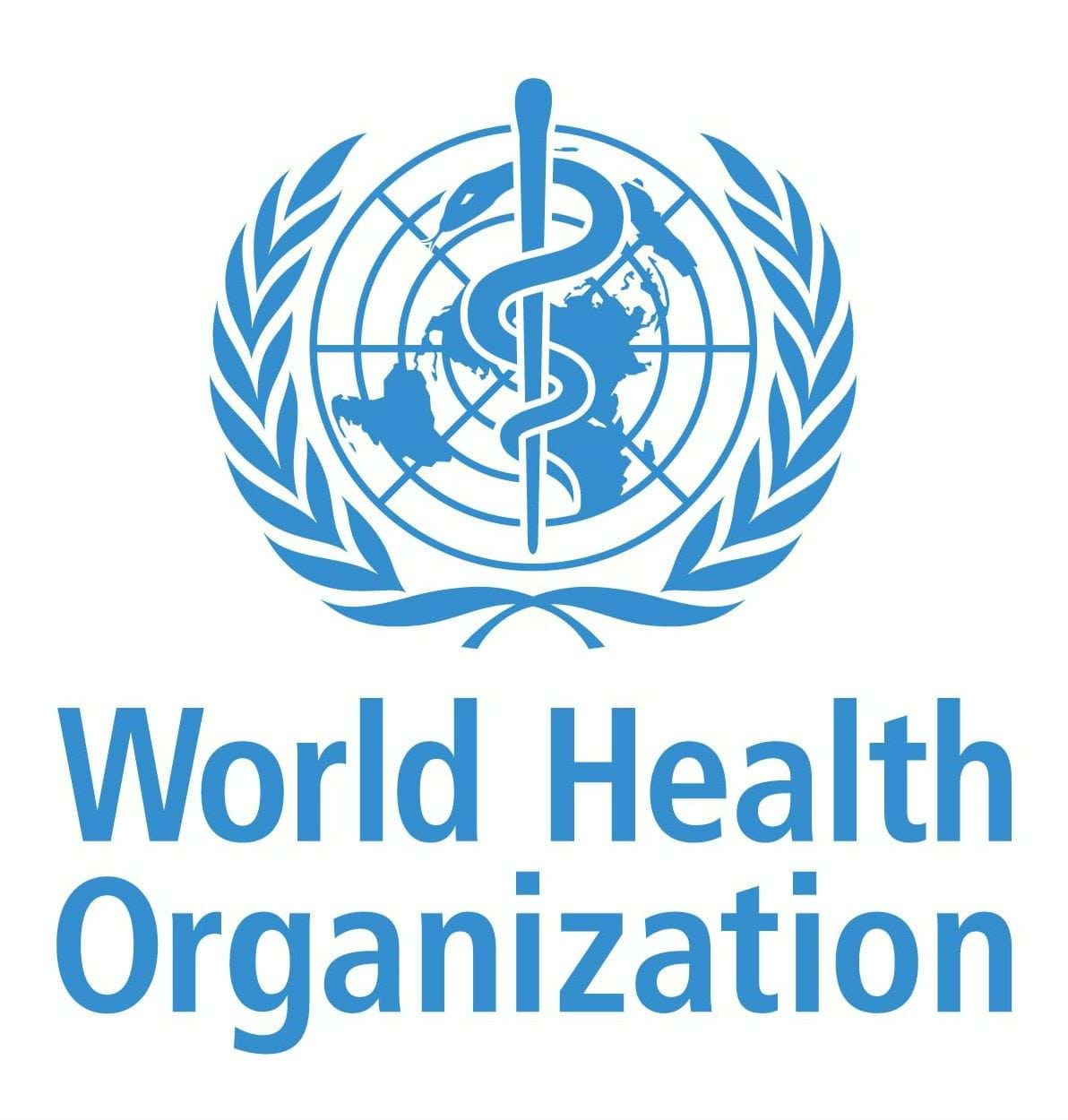Adolescent Well-Being in the Time of COVID-19
Adolescent Well-being: Background Papers for Multi-stakeholder Consultations

Overview
The COVID-19 pandemic has had far-reaching impacts on people everywhere, but with divergent impacts across the life-course. Although mortality and morbidity have been disproportionately experienced by older generations, there is growing recognition that adolescents have also faced multidimensional consequences, fuelled by school closures and widespread service disruptions.
This paper reviews emerging evidence on the effects of the pandemic on adolescents, drawing on the United Nations (UN) H6+ Technical Working Group on Adolescent Health and Well-being’s conceptualisation of adolescent well-being in terms of five intersecting domains. We complement the secondary evidence review with findings from unique longitudinal data collected by the Gender and Adolescence: Global Evidence (GAGE) programme pre- and post-pandemic with approximately 6,000 adolescents aged 12–21 years in Bangladesh, Ethiopia and Jordan.
Our findings highlight the multiple and intersecting challenges facing adolescents during the COVID-19 pandemic, particularly in low- and middle-income countries (LMICs). Service disruptions (particularly school closures) combined with financial stress, heightened vulnerability to age- and gender-based violence and social isolation have placed unprecedented pressure on young people, taking a toll on their physical and mental health. Evidence that the pandemic has exacerbated existing inequalities – with the most vulnerable adolescents (such as refugees, adolescents with disabilities, and married girls) seemingly worst affected – is particularly salient for policy makers. While many adolescents are finding ways to cope (by relying on family and teacher support, connecting with peers through online networks, or volunteering), understanding how to promote adolescent resilience more effectively – particularly in LMIC contexts – will be essential to ensure a rapid post-COVID-19 recovery.

.png?sfvrsn=6d0e27cd_1)



